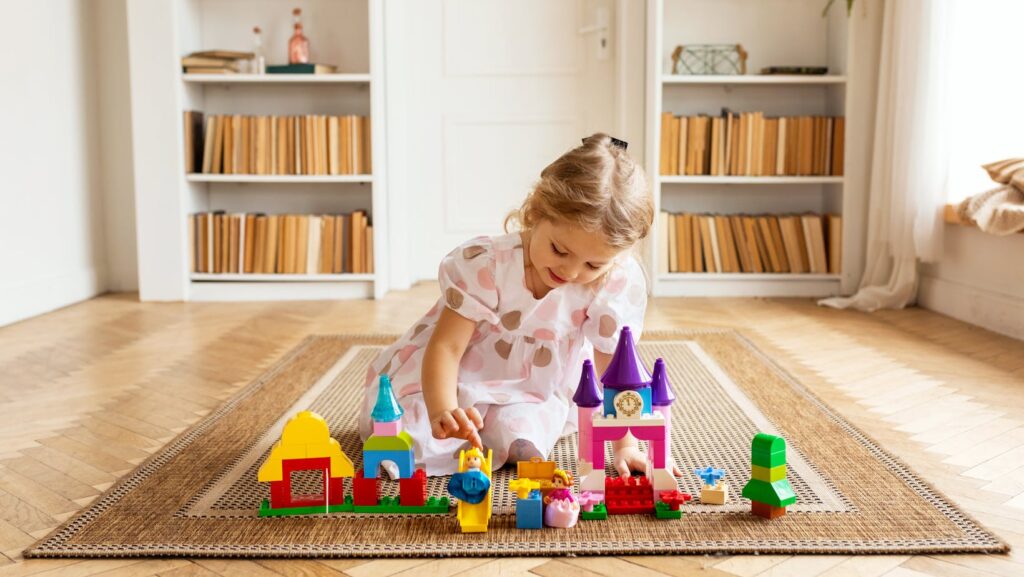As a parent or caregiver, witnessing a toddler’s journey of learning and development is both fascinating and rewarding. One of the milestones that often pique curiosity is when toddlers start to grasp the concept of colors. Understanding when this transition typically occurs can provide valuable insights into a child’s cognitive growth and abilities.
Exploring the timeline of when toddlers generally acquire color knowledge can offer guidance to parents and caregivers on how to support and encourage this aspect of their child’s learning journey. Understanding the typical age range when toddlers start to know colors can help create engaging activities and interactions that foster further exploration and understanding.
When Do Toddlers Know Colors
Exploring when toddlers grasp colors is an intriguing aspect of their development. As a parent or caregiver, I found it fascinating to witness how toddlers acquire this knowledge. Since this milestone signifies cognitive and language advancement, I aimed to delve deeper into understanding the color journey of toddlers.

To shed light on the question of “when do toddlers know colors,” I reflected on my experience observing toddlers around me. It became evident that color recognition typically begins to emerge around the age of 18 months. However, it’s essential to note that each child develops uniquely, and some may show awareness of colors earlier or later than others.
Being attuned to toddlers’ color development can help caregivers provide tailored support and encouragement. By observing their progress and engaging them in colorful adventures, we can facilitate their comprehension of colors and foster a love for exploration and discovery.
As toddlers navigate the vibrant world of colors, their journey of learning and discovery unfolds with every hue they recognize.
Signs that Toddlers Can Identify Colors
Transitioning from merely seeing colors to actually recognizing and distinguishing them is an exciting milestone in a toddler’s development. At around 18 months, toddlers typically start showing signs that indicate their growing ability to identify colors. Here are some key signs that caregivers can observe to understand when toddlers are beginning to grasp the concept of colors:

- Pointing Out Colors: Toddlers may start pointing at objects and correctly identifying their colors. For instance, they might point to a red apple or a blue car when prompted.
- Naming Colors: As toddlers progress in their color recognition, they may start naming colors independently. You might hear them say “blue” when referring to the sky or “yellow” when talking about a banana.
- Matching Colors: Toddlers might begin matching objects or toys based on their colors. They may group toys of the same color together or match colored shapes during playtime.
Understanding these signs helps caregivers gauge when toddlers are starting to comprehend colors. By encouraging and nurturing this development through interactive activities and positive reinforcement, caregivers play a vital role in supporting toddlers’ cognitive growth and linguistic capabilities.
Developing Color Skills in Toddlers
Recognizing colors in toddlers typically begins around 18 months old. At this stage, toddlers start by identifying primary colors like red, blue, and yellow before progressing to secondary colors such as green, purple, and orange. As a caregiver, it’s essential to observe signs indicating a toddler’s ability to know colors. These signs include pointing at colors, naming them correctly, matching objects by their colors, participating in color-related activities, expressing color preferences, and noticing color patterns.

Observing toddlers pointing at objects and correctly identifying their colors shows an initial understanding of different hues. When toddlers can name colors accurately, it demonstrates further development in their color recognition skills. Engaging toddlers in activities that involve sorting or grouping objects based on color can reinforce their understanding of color concepts.
Moreover, toddlers noticing and pointing out color patterns, such as stripes or polka dots, signifies a more advanced level of color cognition. Understanding these signs and providing opportunities for toddlers to engage with colors through play and exploration can effectively support their cognitive and linguistic development.

